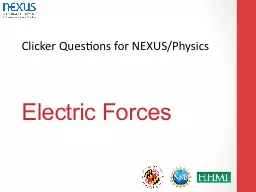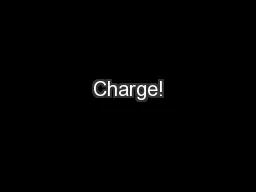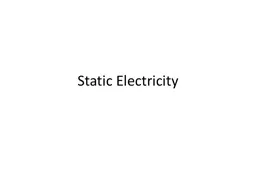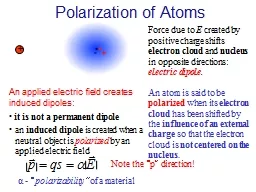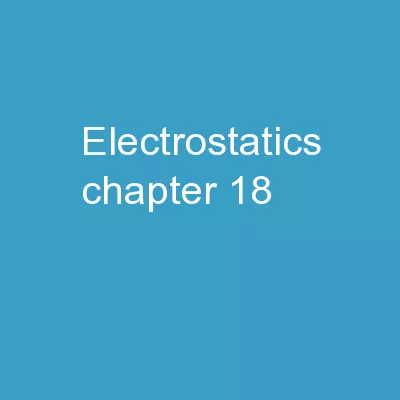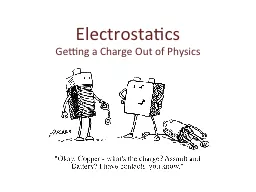PPT-Early scientists identified positive charges as the charge carriers in metals; however,
Author : ariel | Published Date : 2023-11-12
Was this a suitable solution to a major shift in thinking What role do paradigm shifts play in the progression of scientific knowledge Understandings Charge Electric
Presentation Embed Code
Download Presentation
Download Presentation The PPT/PDF document "Early scientists identified positive cha..." is the property of its rightful owner. Permission is granted to download and print the materials on this website for personal, non-commercial use only, and to display it on your personal computer provided you do not modify the materials and that you retain all copyright notices contained in the materials. By downloading content from our website, you accept the terms of this agreement.
Early scientists identified positive charges as the charge carriers in metals; however,: Transcript
Download Rules Of Document
"Early scientists identified positive charges as the charge carriers in metals; however,"The content belongs to its owner. You may download and print it for personal use, without modification, and keep all copyright notices. By downloading, you agree to these terms.
Related Documents

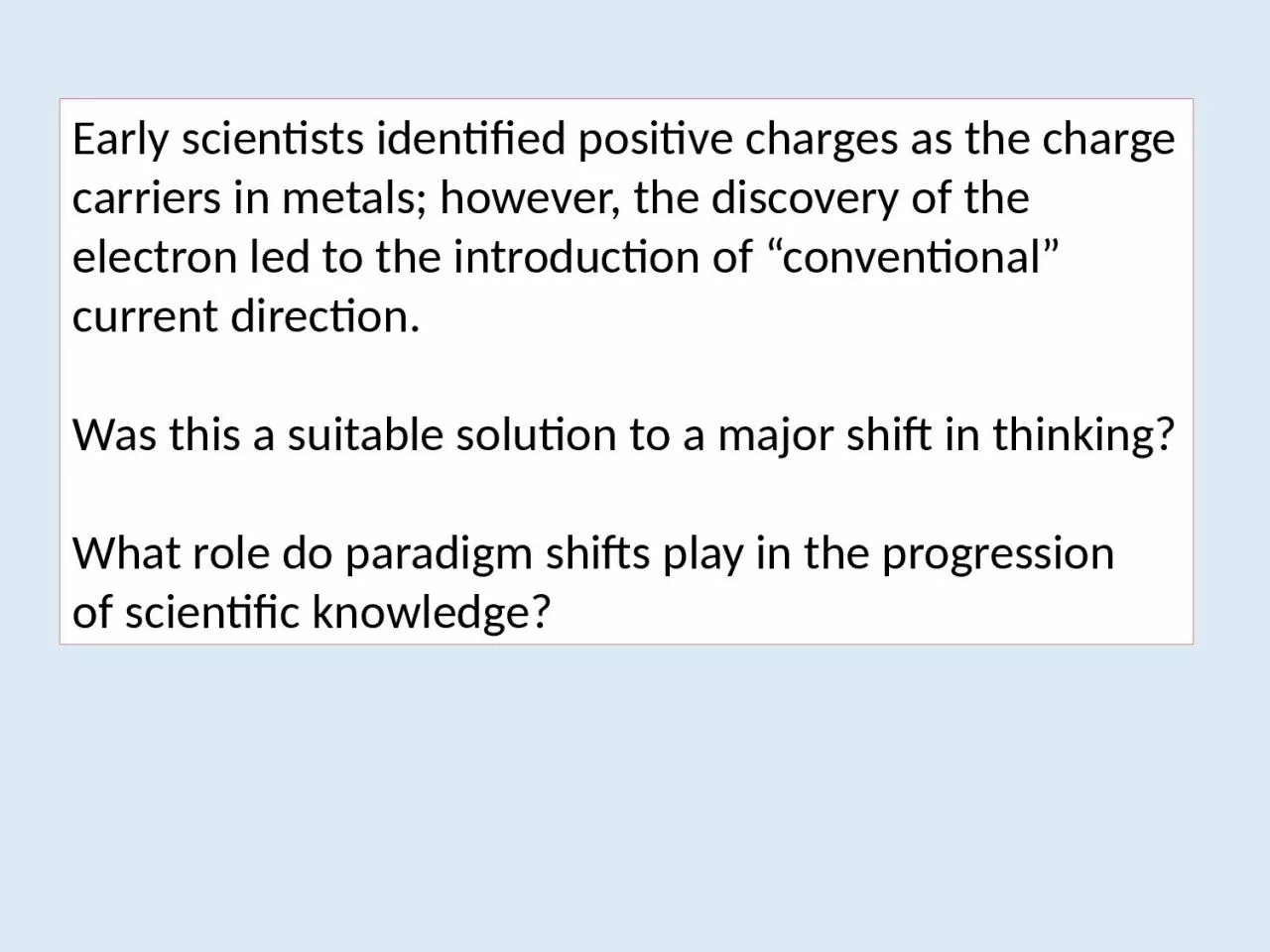
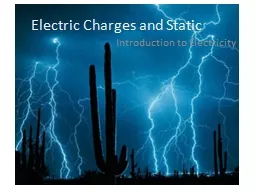
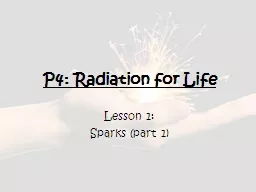
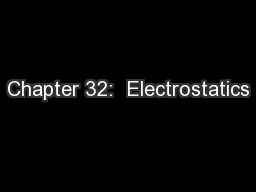
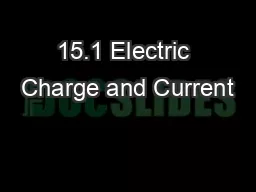
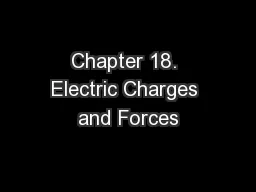
![1 L 23 Electricity & Magnetism [1]](https://thumbs.docslides.com/538035/1-l-23-electricity-amp-magnetism-1-.jpg)
